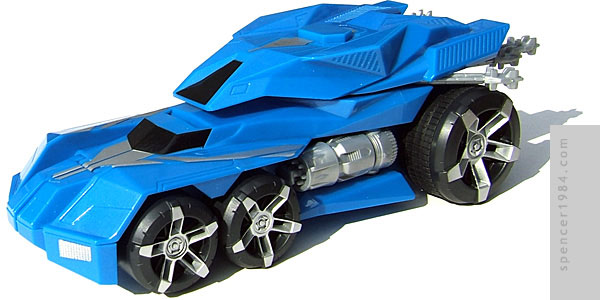
He’s a situational tank, in particular he excells at countering heroes like Tracer and Genji.
TANK BUSTER VALAA HOTS HOW TO
I can think of 2 scenarios where taunt varian is actually a hero (and even then other tanks are still better):Ĭan someone teach me how to solo tank properly with taunt varian because I feel like I’m missing something and I feel like even solo tank imperius or solo tank rexxar would be way better. He has nothing else to compensate, poor utility, poor waveclear, poor merc damage, poor structure damage. And a half-assed bruiser with not enough damage. He’s a half-assed tank with not enough CC, peeling and disengage ability. So I’m trying to understand taunt varian. Taunt varian damage is certainly lower than real bruisers like imperius (who also has better AOE stuns and slows than varian) rexxar (who also has better AOE stun than varian), xul, artanis and basically all the other bruisers It’s lower than muradin or malganis (muradin with right talents pretty decent damage actually). So if taunt varian is a bad tank is he a bruiser then? His damage is a joke. Heroes like anubarak, muradin, ETC, malganis, blaze and literally every single other tank out there (and even many non-tanks out there) have ranged AOE stun on a way shorter cooldown (around 8-12 seconds for most tanks) and on top of that have other utility too (displacements, slows, sleep effects etc) That taunt is on a 16-second cooldown, melee range and single target. Please contact our Senior Vice President of Operations, Michael Russo, with any questions.He’s a half-assed tank that’s for sure right? Can’t really solo tank with him. The Stakeholder Process and various committees function to continue the growth and success of the LSRP Program and address general program issues, rules and guidance. He participated in the Heating Oil Tank System Rules and Guidance committee.

Whitman’s own Michael Russo, Senior Vice President of Operations, was an acting stakeholder of the NJDEP Site Remediation Program’s Stakeholder Process. Confirmatory ground water sampling is not required if initial ground water results are below the NJDEP Ground Water Quality Standards (GWQS) upon completion of the remediation.If ground water is not encountered to a depth of 35 feet into bedrock after 24 hours, no further ground water remediation is required.If excavation extends to within two feet of ground water or bedrock, a ground water investigation is required.The number of base samples required from the final excavation of impacted soil from an unregulated tank release is based on the size of the underground storage tank (not the size of the excavation).In certain circumstances, up to 15 cubic yards of soil that exceeds the NJDEP standards can remain below a residential structure under a HOTS deed notice.However, the final rule was amended requiring the testing for TICs. The July 2017 proposed rules eliminated the requirement to test for TICs in ground water. One of the main changes that the regulated community has been monitoring during the rule making has been the elimination of the requirement to test for Volatile Organic Compounds (VOCs) and Base Neutral Tentatively Identified Compounds (TICs) in ground water.


At the end of the process, the NJDEP will continue to issue a “no further action” (NFA) letter to the responsible party.
TANK BUSTER VALAA HOTS PROFESSIONAL
The work performed under this rule can be performed by a NJDEP Subsurface Evaluator or a Licensed Site Remediation Professional (LSRP).

To support the residential responsible parties, the NJDEP consolidated and has provided prescriptive requirements for ease of use and understanding. The majority of HOTS are associated with residential properties. HOTS is defined as a residential above ground heating oil tank system, small non-residential above ground heating oil tank system (capacity of 2,000 gallons or less) and an unregulated heating oil tank system (underground storage tanks). On August 6, 2018, the New Jersey Department of Environmental Protection (NJDEP) adopted new rules governing the administrative and technical requirements for the remediation of a discharge of heating oil from Heating Oil Tank Systems (HOTS) (N.J.A.C.


 0 kommentar(er)
0 kommentar(er)
